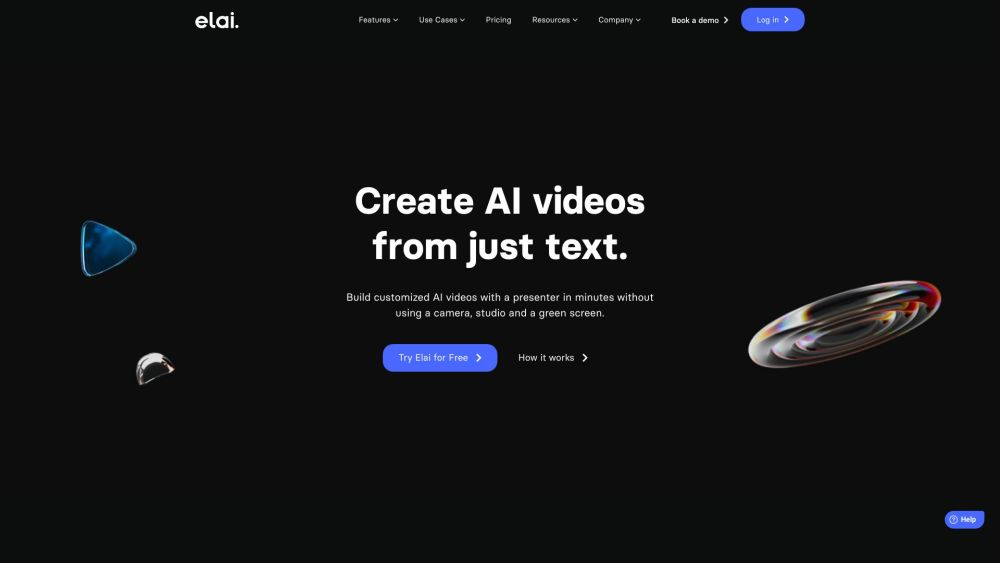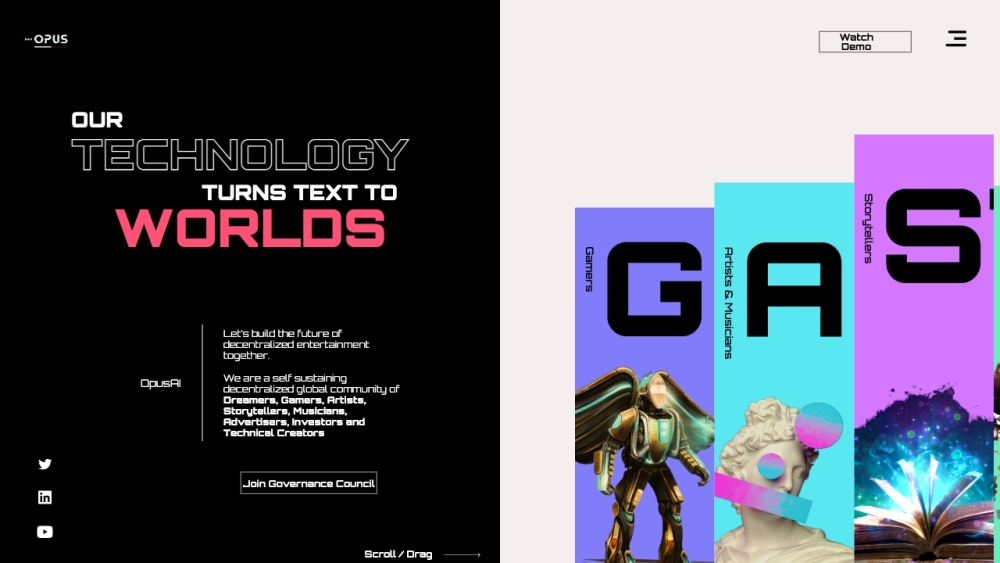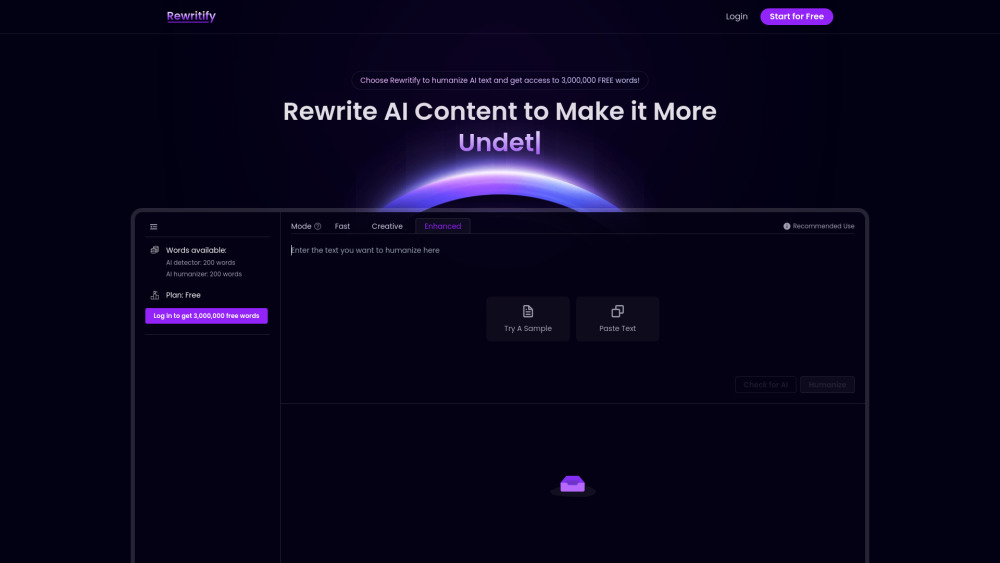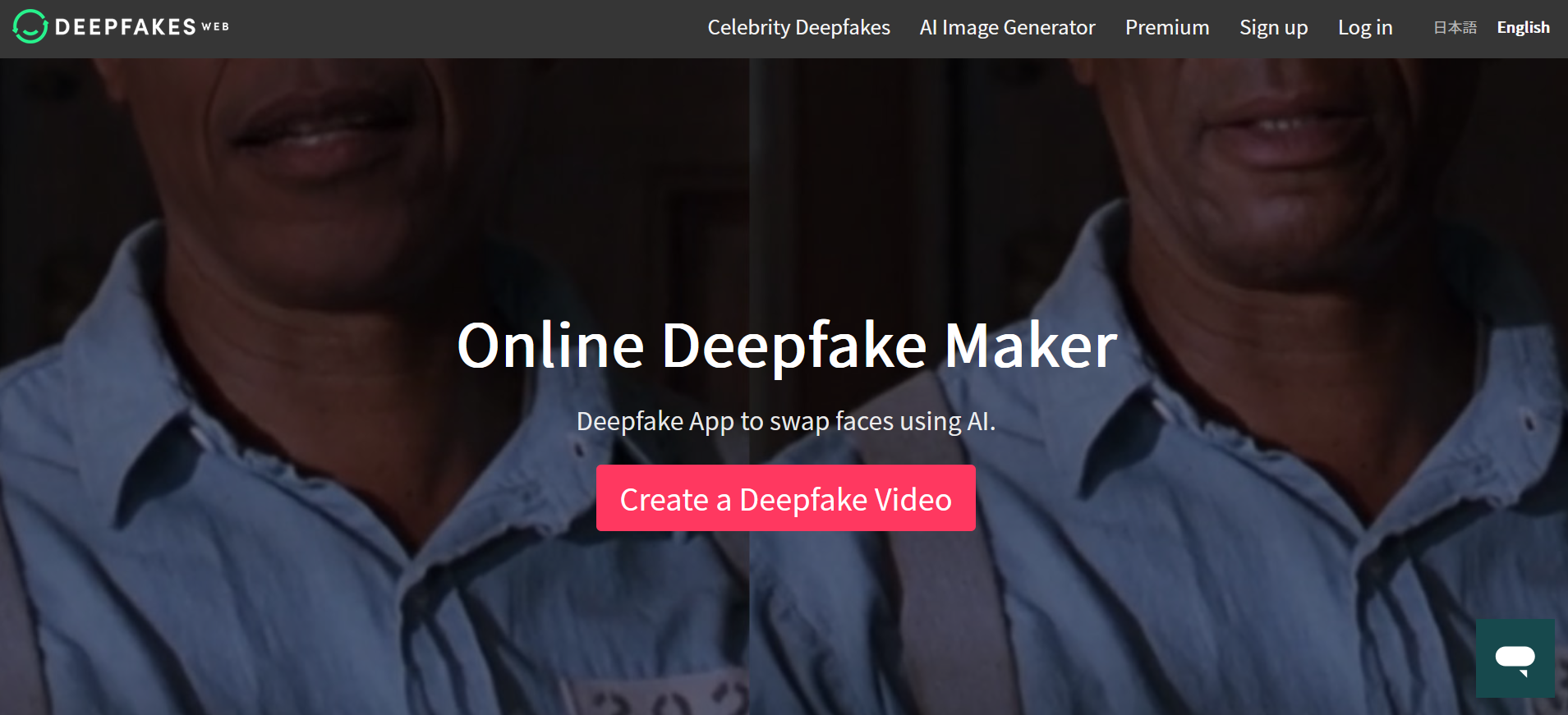Poe, the innovative AI chatbot platform developed by Quora, is swiftly evolving into a comprehensive hub for accessing a diverse range of conversational AI models. With a recent funding boost of $75 million and a drive to introduce new features, Poe is positioning itself as a leading player in the burgeoning ecosystem of AI-driven chatbots and their creators.
One of its standout features is "multi-bot chat," enabling users to interact with multiple AI models within a single conversation thread. This capability includes context-aware recommendations for comparing responses, and users can bring any bot into the discussion by simply @-mentioning it, reminiscent of Slack functionality.
For instance, a user can utilize GPT-4 for data analysis, Claude for creative writing, and DALL-E 3 for generating images, all seamlessly within one conversation. As more AI models emerge, Poe aims to simplify users' search for the best bot combinations tailored to their needs.
Poe's vision is to serve as the "app store" or "web browser" for the rising trend of conversational AI. Similar to how smartphones consolidated access to numerous single-purpose applications, Poe envisions a future where businesses primarily utilize public-facing chatbots. Quora CEO Adam D’Angelo foresees Poe unifying these offerings.
To energize this bot economy, Poe has introduced monetization tools for creators. Developers can establish per-message pricing for their bots and share in Poe's subscription revenue. Enhanced analytics will provide bot creators with detailed insights into usage and earnings, aimed at fostering a new generation of prompt engineers and bot developers who can thrive solely on the Poe platform.
For enterprise leaders, Poe represents an opportunity to understand how customers and employees prefer to access information and complete tasks. Its user-friendly interface encourages experimentation with different AI models, potentially leading to customized solutions for specific business needs. An upcoming enterprise tier will enable organizations to manage the platform for their teams.
However, challenges persist in the bot economy. It remains uncertain whether there is sufficient diversity among chatbot experiences to justify a distinct discovery portal, unlike the clear variety present in mobile apps and websites. Ensuring quality control and content moderation will be essential as Poe expands to include more third-party bots. Additionally, as prompt engineering and user interface design skills are still developing, many average developers may find it difficult to create engaging chatbots. The high operational costs associated with large language models also pose a challenge for Poe's sustainability.
Despite these hurdles, Poe’s accelerated product development and recent funding underscore significant interest in the emerging bot economy. If Quora can foster a network of reliable bot creators and deliver consistently engaging user experiences, it has the potential to become the defining platform for the generative AI era. Companies across various industries should monitor Poe's progress and consider how conversational AI may transform their operations in the coming years.




